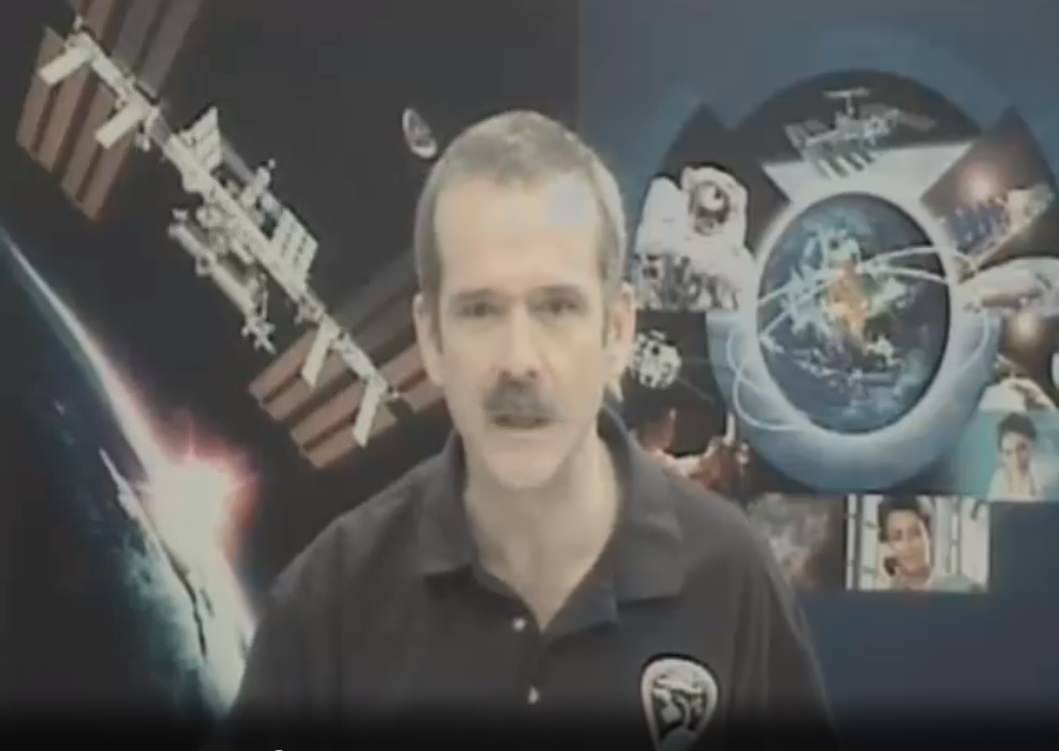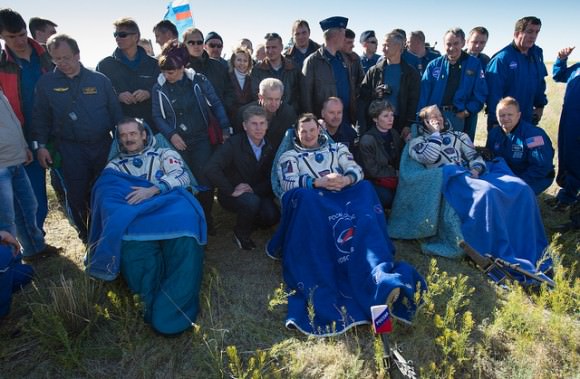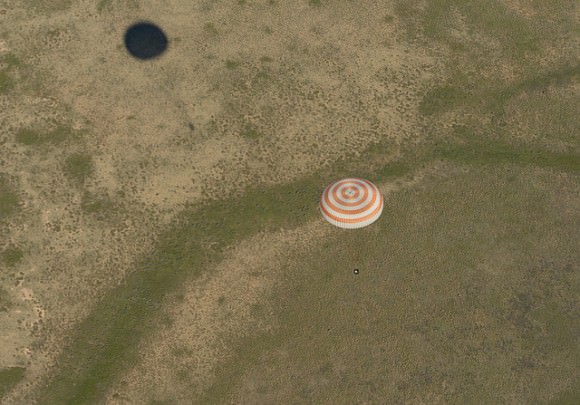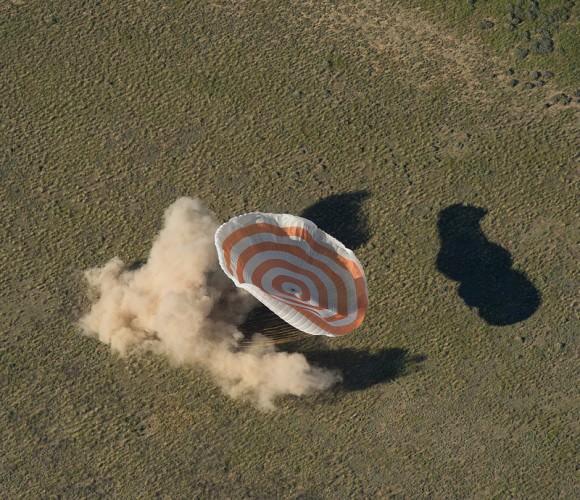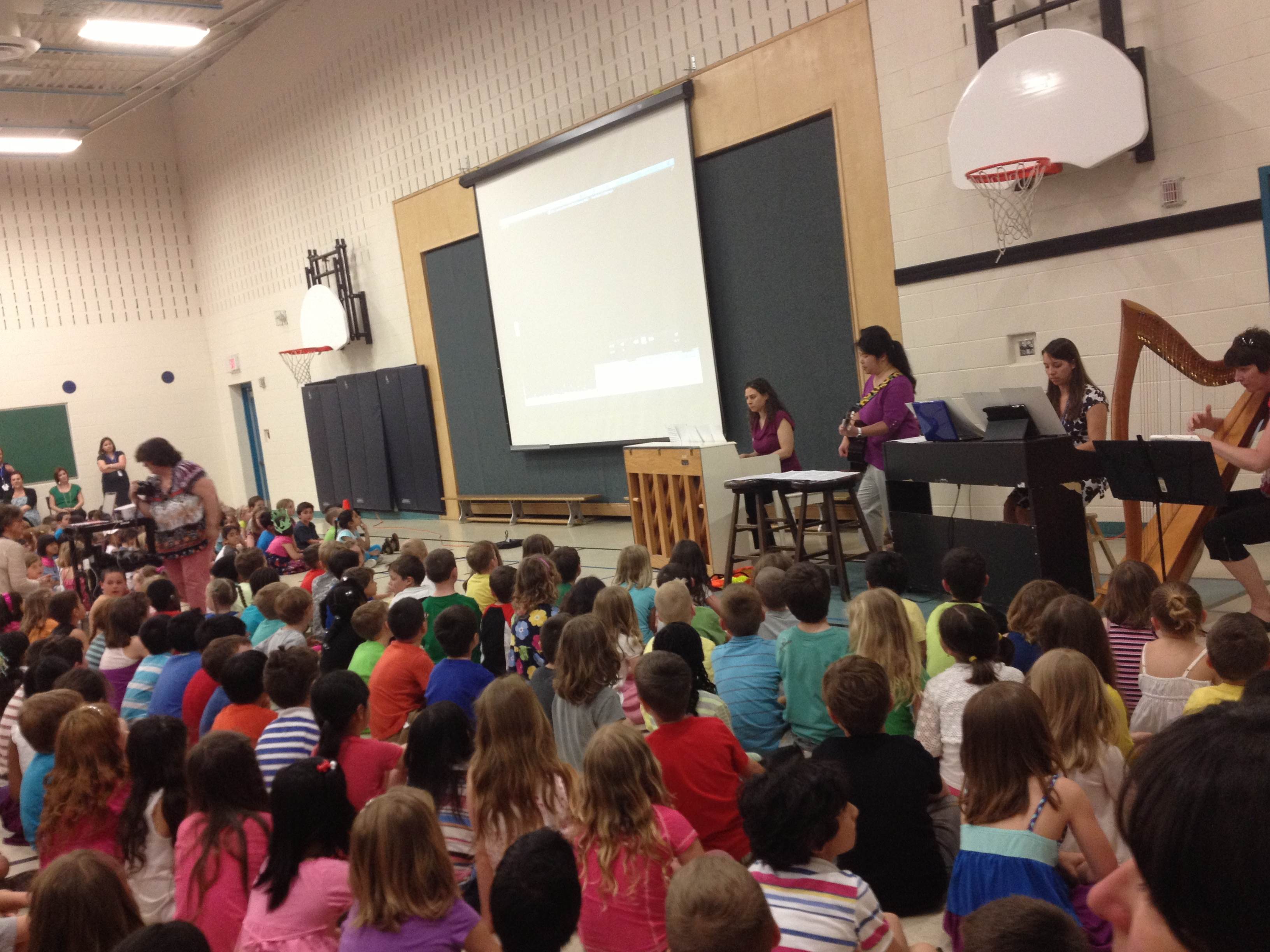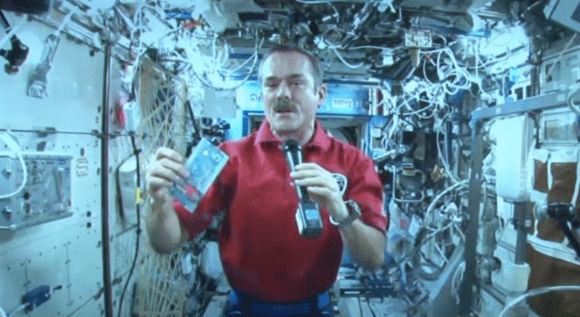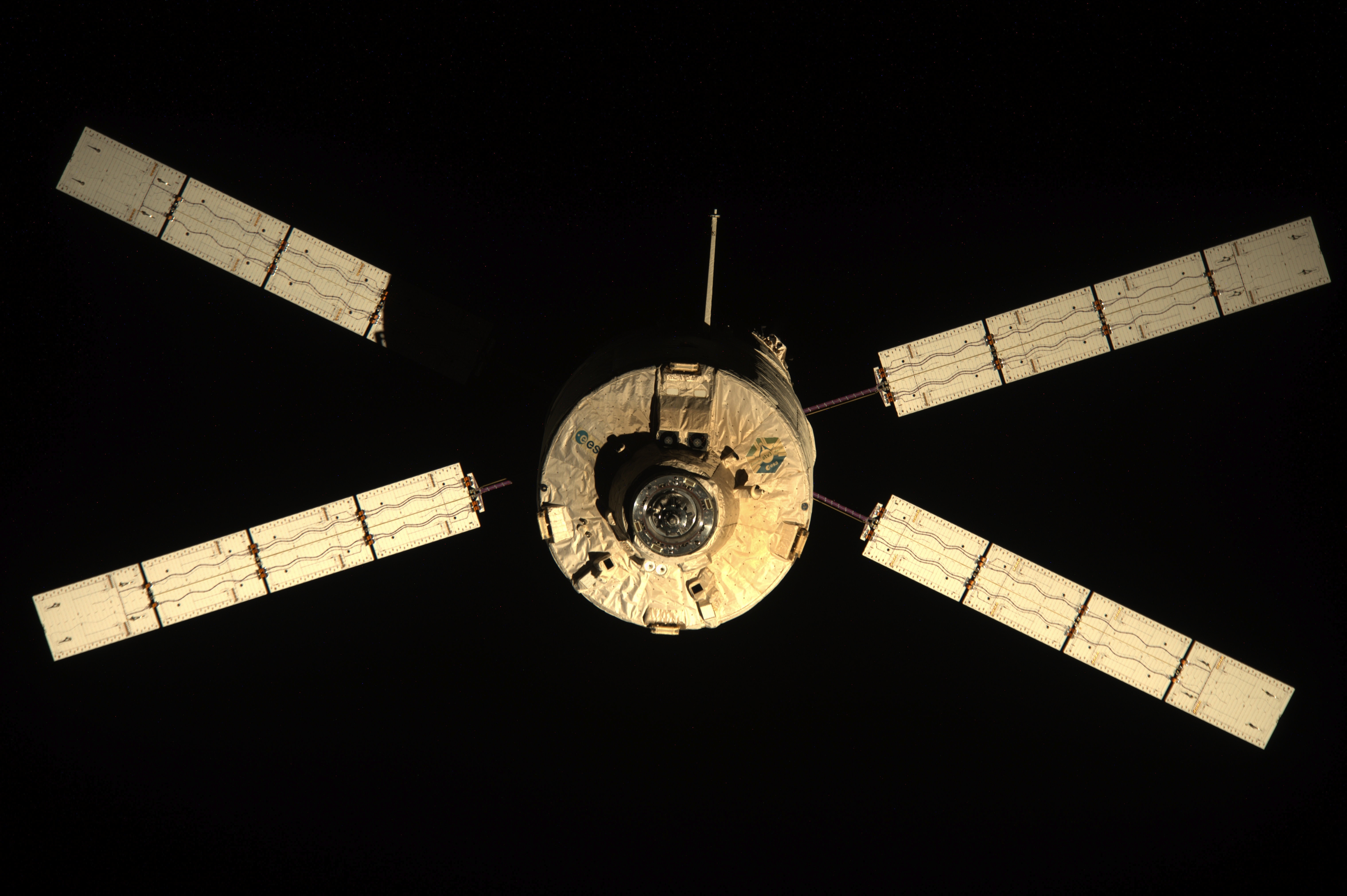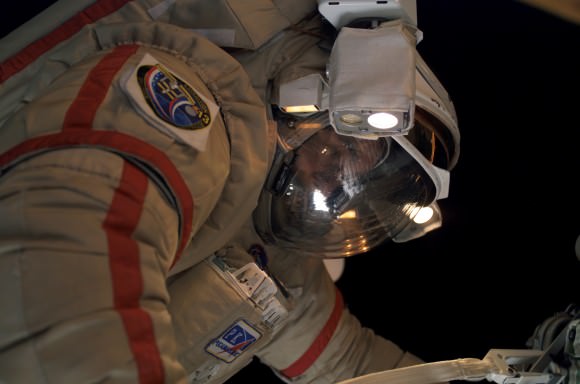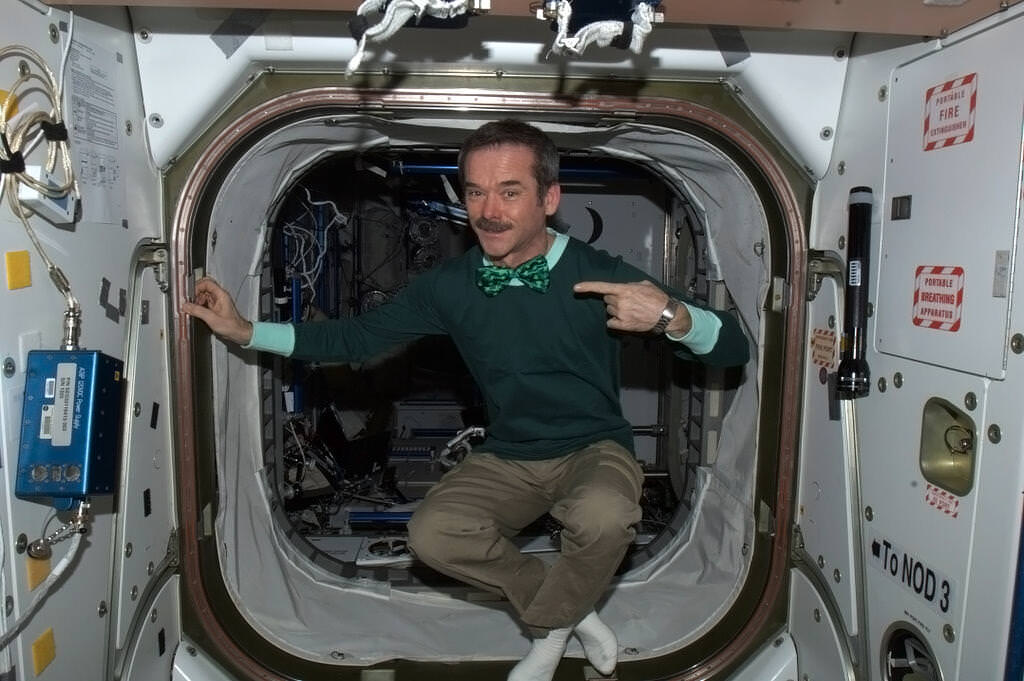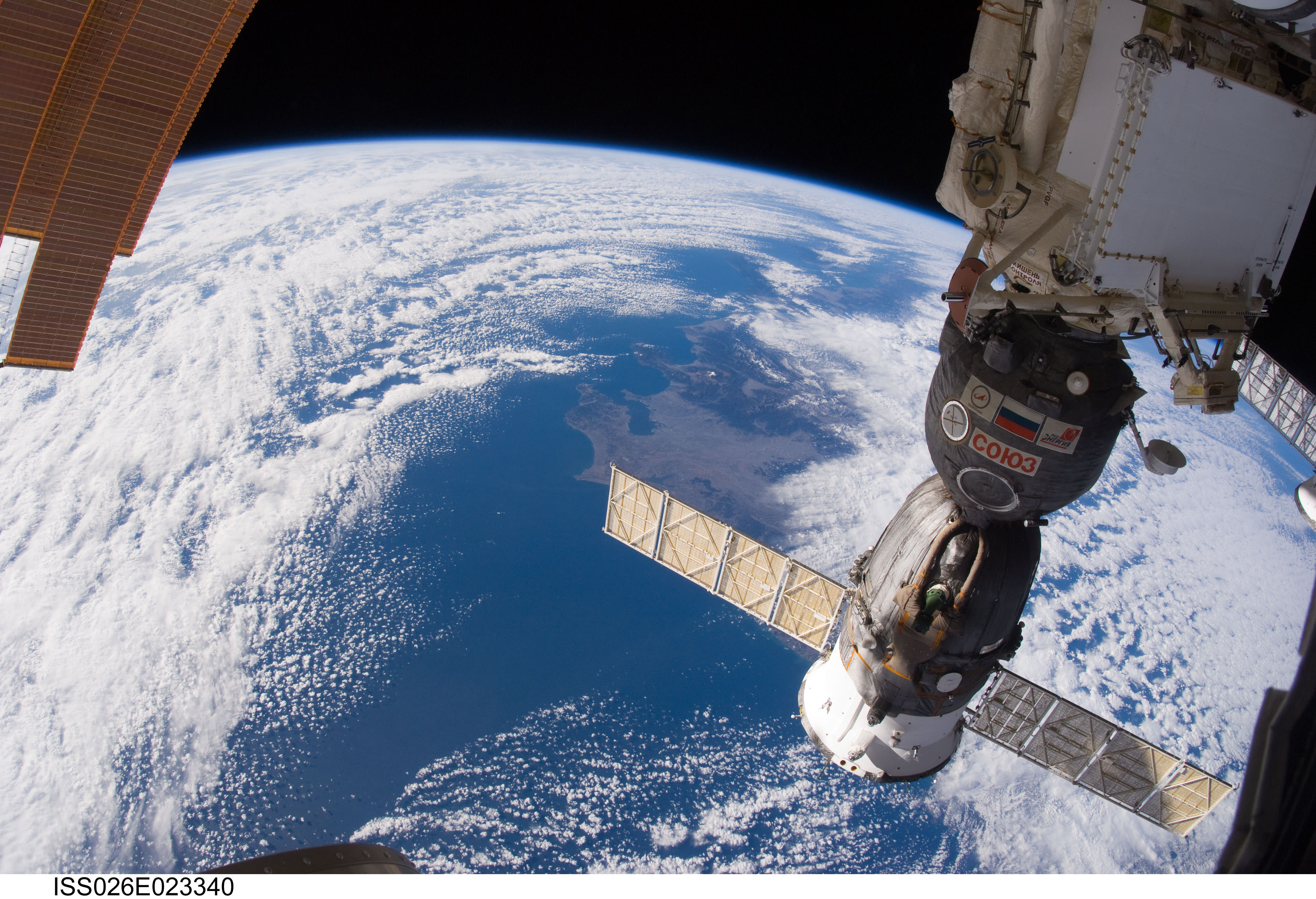Astronaut Chris Hadfield described himself as a man who never looks back. Still, he spoke fondly of his five months in space during the first press conference with media today (May 16) after his return to Earth earlier this week.
“I don’t spend my life going gosh, I went to [space station] Mir in 1995 and now everything else is boring. That’s not how I ever felt,” the Canadian said in a wide-ranging conversation that talked about everything from his future, to the science he performed, his favorite tweets while up in space.
First, let’s get a big question off the plate. Hadfield says himself he doesn’t know what he wants to do next. “I’m still learning how to walk again!” he exclaimed to one journalist who asked if he wanted to be Canadian Space Agency president.
Rehabilitation is occupying a lot of his time, he added: “I’m trying to stand up straight, and I have to sit down in the shower so I don’t faint and fall down. It’s like asking an infant if they’re ready for their Ph.D. yet. I’ll get there, but it’s too early to say.”
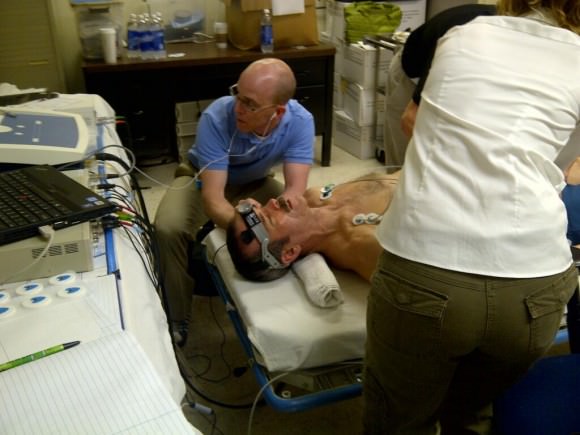
Hadfield brushed aside notions that he is famous for himself, saying it is a reflection of the hard work his crew put in on the station orbiting Earth. Expedition 35 was the most productive in terms of the science-to-maintenance ratio aboard the station, despite an ammonia leak gumming up the schedule very late in the mission.
He spoke most warmly of the science performed while aboard station. The Alpha Magnetic Spectrometer found possible hints of dark matter during his stay, for example. Hadfield and colleague Tom Marshburn also did aging research in space on behalf of the University of Waterloo, specifically looking at how blood pressure and blood flow changes among astronauts in orbit.
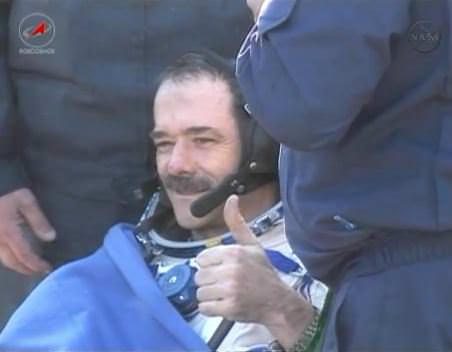
Education and outreach were also something Hadfield was proud of. “The purpose is to help people to understand what is possible on the space station, and the things we are doing,” he said of his prolific tweeting and video creation.
The results, in many cases, were incredible. More than 7,000 Canadian students took part in experiments linked to the International Space Station, he said. Thousands more took part in a nation-wide singalong starring Hadfield. (Watch it below.)
Once Hadfield gets his feet underneath him and the mission fades into the past, he said he’s hoping to resume his life normally.
Astronauts of yesteryear, he said, often had big missions thrust upon them early in their lives. At age 53, for example, Hadfield is roughly 15 years older than Neil Armstrong was during the first moon landing in 1969.
For Hadfield, with two decades under his belt as an astronaut — three missions, several backup crew assignments, and some management positions to boot — he treats his everyday life with the same enthusiasm as his high-flying job.
“I take just as much pride in the big dock that my neighbor Bob and I built at the cottage as I do in building Canadarm2 on the space station. Those were both very complex projects that required a lot of physical effort, planning, decision making, and the product is out there for everybody to see. I feel really good about them both.”
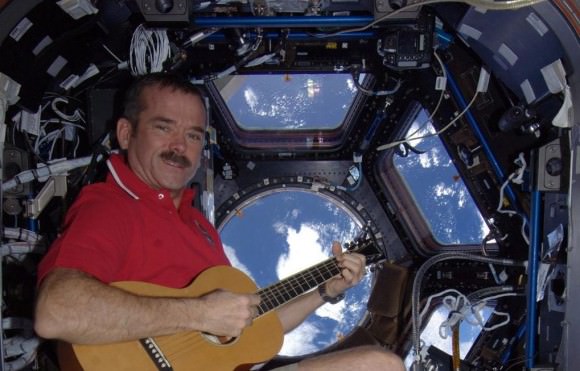
He acknowledged that in a budget-conscious environment, the Canadian Space Agency is facing uncertainty, but he added that to treat today’s uncertainty as something unique is the wrong thing. Every mission carries a real risk of death. Every budget vote can kill or revive a space program — the station itself was only funded by a vote in one crucial Congress session in its history, he added.
“To say that things are uncertain is to talk about the space business. We are always hostage to our next launch. There has never been a period of certainty in the space business, ever,” he said.
His advice to those wanting to follow in his footsteps?
“The key thing is within yourself. If you want to become something, you have to start turning yourself into that thing, step by step, as a demonstration of personal will. That’s what I did when I was nine. I started turning myself into an astronaut.”
Watch the entire video of his press conference here.

